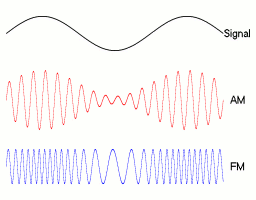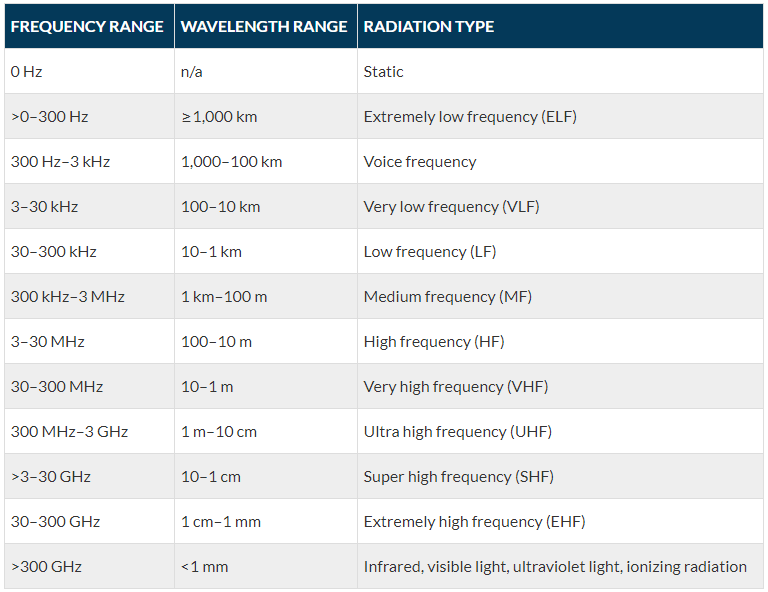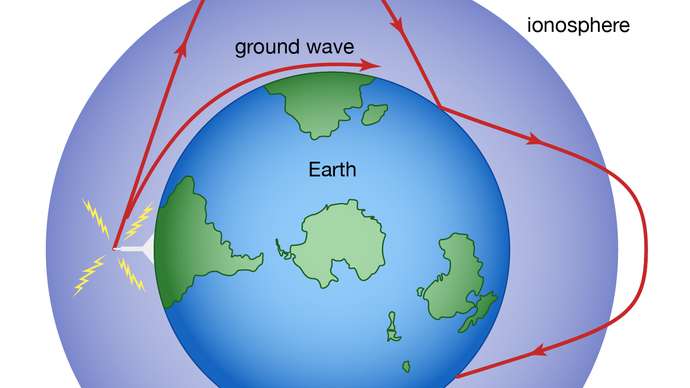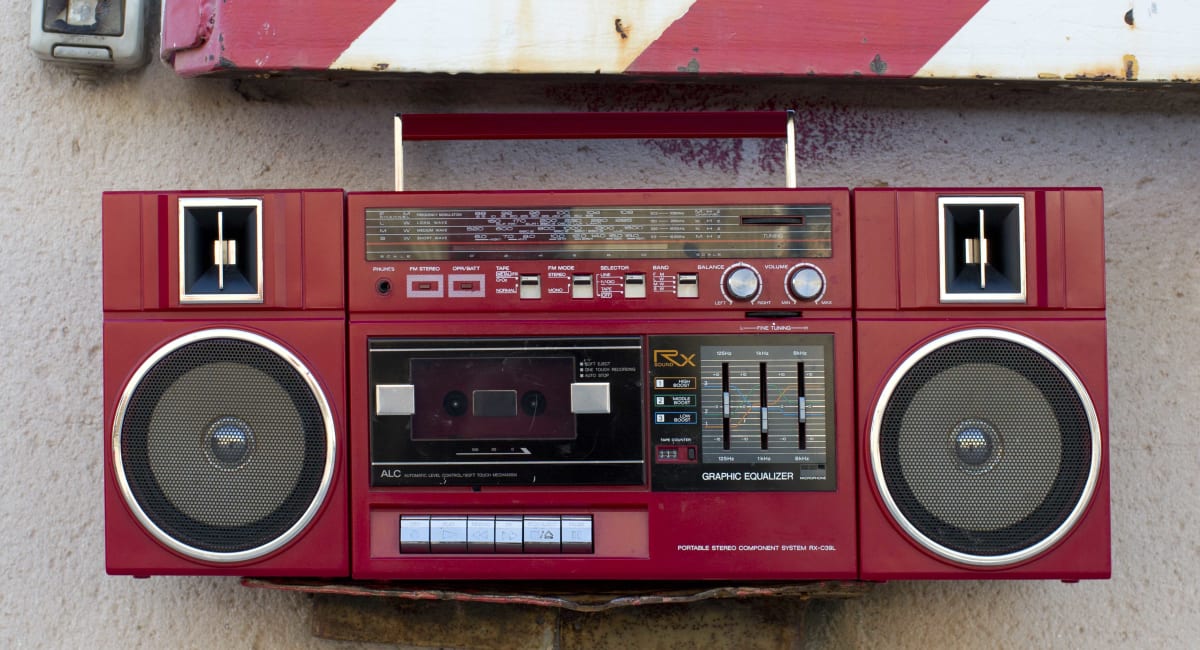
What is AM, FM? And what is radio SW, MW, LW? what's the difference between them? This article will give you the details.In general the radio or cassette player on both AM and FM bands, I believe we are already familiar with, these two bands are used for you to listen to country radio. If there SW bands on the radio, then in addition to domestic shortwave radio, you can also listen to radio programs around the world. In order to better understand radio,, the following is what is AM, FM, SW, MW, LW for a simple explanation.
Welcome to share this post if it is helpful to you!
#content
1) What is AM / FM and SW / MW / LW?
①What is AM and FM?
● Frequency Modulation (FM) :
What does FM mean of the radio? We used to refer to the general use FM radio (76-108MHz, the country is 87.5-108MHz, Japan 76-90MHz), in fact is a FM modulation, even in the short wavelength range of between 27-30MHz , as an amateur, radio station, space, satellite communications applications the band, there is also an FM mode.
In radio communication, in order to enable radio signals to be transmitted over long distances, data must be "modulated." In the simplest terms, the data must be loaded into the carrier signal. The carrier signal has a fixed amplitude and frequency (frequency). Due to these two basic characteristics, the carrier signal enables the radio signal to be transmitted over long distances. Uploading or installing the original signal to the carrier signal is also called modulation. There are three types of analog modulation: amplitude modulation, frequency modulation and phase modulation.
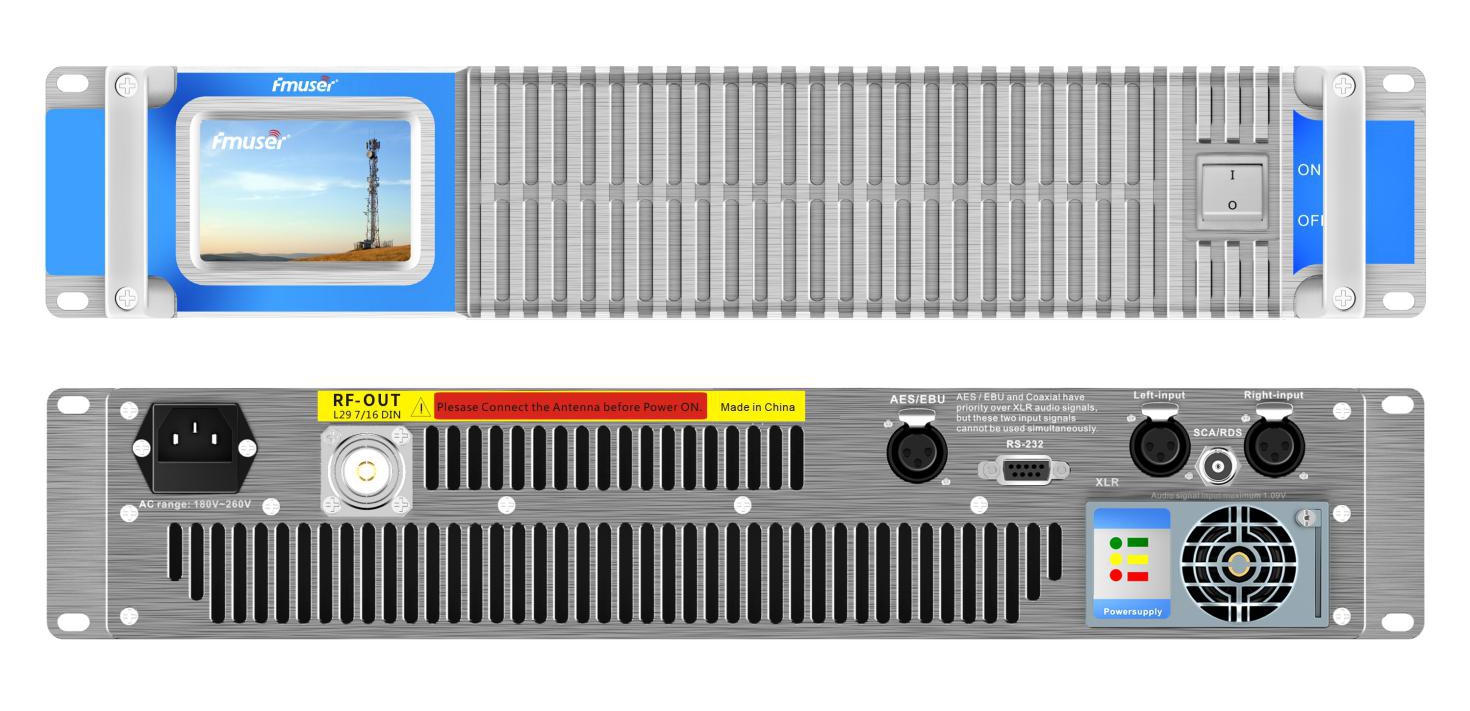
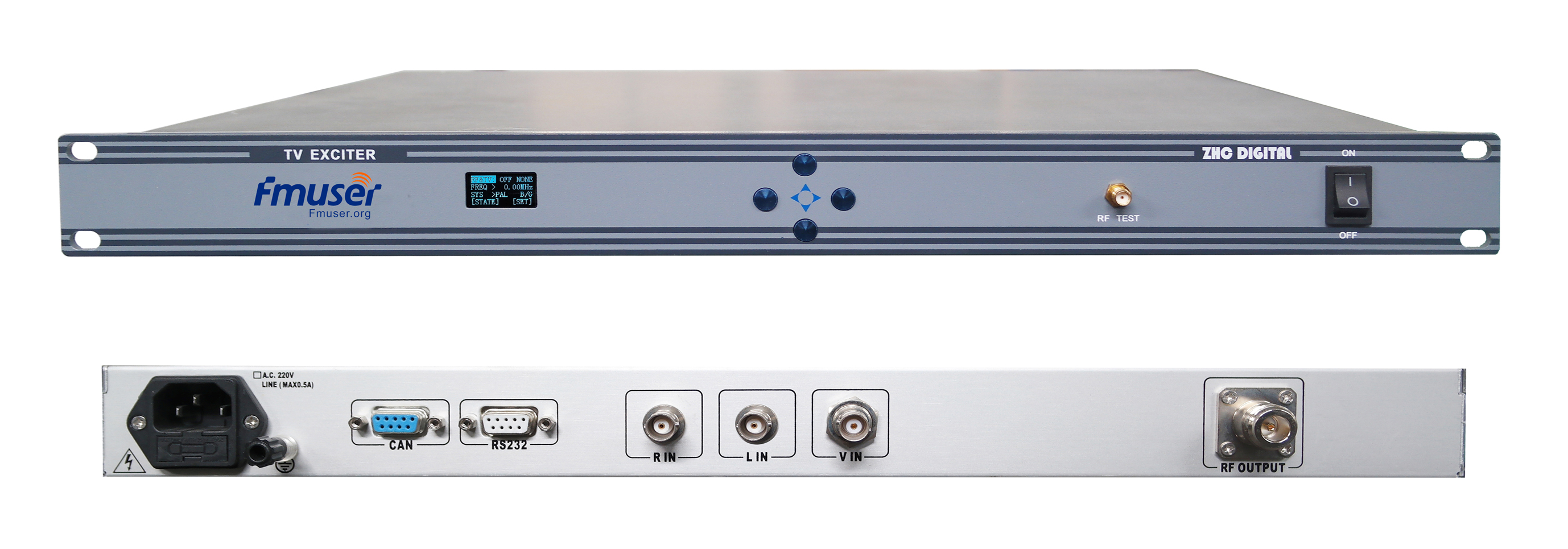
What does AM modulation mean on the radio? AM is a term formed from the abbreviation of the word "amplitude modulation", which stands for amplitude modulation. This is the most commonly used method in broadcasting radio signals. This method was developed in the 1870s when we discovered that audio data could be sent over long distances via radio signals. In order to transmit a signal in AM, the amplitude of the carrier signal is changed in proportion to the amplitude of the signal to be transmitted. Since the amplitude of the carrier signal changes in proportion to the transmission signal, the amplitude of the carrier signal decreases when the transmission signal has a low amplitude, and the amplitude of the carrier signal increases when the amplitude of the transmission signal increases.
②What is SW / MW / LW?
● Short Wave (SW) :
The SW is? In fact, it can be said is a simple short call, the correct statement should be high-frequency (HF) is more appropriate. How this name come? Wavelength of radio wave SW ranging from 200-600 meters, and the wavelength of the HF is 10 to 100 meters, compared with the above-mentioned wavelength, HF of wavelength is indeed a bit short, so they made known as HF Shortwave.
● Medium Wave (MW) :
MW refers to the radio wave frequency called medium wave, also known as intermediate frequency (MF), that is, radio waves with a frequency of 300KHz-3MHz. It can propagate in the form of sky waves reflected by the ionosphere, or it can propagate in the form of ground waves along the surface of the earth. In the daytime, due to the large absorption of the ionosphere, sky waves cannot be reflected effectively, and mainly rely on ground waves to propagate. However, the ground has stronger absorption of medium waves than long waves, and the diffraction ability of medium waves is worse than that of long waves, so the propagation distance is shorter than that of long waves. For medium-power broadcasting stations, medium waves can travel about 30km. The absorption of the ionosphere decreases at night, which can greatly increase the propagation distance.
● Long Wave (LW) :
Similarly, a lower frequency than the AM and MW, between 150KHz-284KHz as the broadcast spectrum is used, the wavelength is concerned, it is about 1000 to 2000 meters, and between 200 MW - 600 m compared to apparently "long" and more. So put this radio spectrum called longwave. LW refers to long wave, also known as low frequency (LF), that is, radio waves with a frequency below 300KHz. Since long waves are absorbed by the ionosphere in the atmosphere, they mainly propagate along the earth's surface with low propagation loss and strong diffraction ability. Ultra-long waves with a frequency lower than 30KHz can travel around the earth. When long waves propagate, they have the advantages of stable propagation and less impact by nuclear explosions and atmospheric disturbances. It spreads in sea water and soil, and the absorption loss is also small. Similarly, a lower frequency than the AM MW between 150KHz-284KHz this period as the broadcast spectrum is used, the wavelength is concerned, it is about 1000 to 2000 meters (m), and between 200 MW - 600 m compared to apparently "long" and more, so put this radio spectrum called longwave (LW: Long Wave).
An AM signal may be either long wave (LW), medium wave (MW) or short wave (SW) depending upon whether the frequency of the carrier wave is low, medium or high. Medium wave (MW) signals are transmitted using amplitude modulation (AM) and the terms are uesd interchangeably. But AW and MW are not the same.
2)What is The Differences Between AM and FM?
AM and FM modulated signals are used in radio. AM (Amplitude Modulation) and FM (Frequency Modulation) are modulation types (coding). Usually the electrical signal of the program material from the recording studio is mixed with a carrier of a specific frequency and then broadcast. In the case of AM, the mixing (modulation) is completed over time by changing the amplitude of the carrier wave based on the original signal. In the case of FM, the frequency of the carrier wave changes. The radio receiver ("radio") contains a demodulator used to extract the original program material from the broadcast waves.
Fig.1: Signal Waves of AM&FM
Indeed AM and FM radio science refers to the two different modulation. AM: Amplitude Modulation called AM, and FM: Frequency Modulation called FM. Just general MW Broadcast (MW: Medium Wave) using amplitude modulation (AM) way, unknowingly, MW and AM equate between. In fact, MW just one broadcast way of AM. At the same time, the high frequency (3-30MHz) in international shortwave radio modulation method is used for AM, FM radio or a higher frequency than the aeronautical communications (116 - 136MHz) also use the AM mode, but our daily said the AM band refers MW Broadcast (MW).
3)What Is The Differences Between SW / MW / LW?
Fig.2: Frequency and Wavelength of AM&FM
It can be seen from the figure that the wavelength and frequency of SW/MW/LW are different. At the same time, they have different ways on propagation.
Radio waves transmitted by antennas in certain directions are bent or even reflected back to Earth by the ionosphere, as illustrated in Figure. They may bounce off Earth and be reflected by the ionosphere repeatedly, making radio transmission around the globe possible. Long-distance communication is further facilitated by the so-called ground wave. This form of electromagnetic wave closely follows Earth’s surface, particularly over water, as a result of the wave’s interaction with the terrestrial surface. The range of the ground wave (up to 1,600 km [1,000 miles]) and the bending and reflection of the sky wave by the ionosphere depend on the frequency of the waves. Under normal ionospheric conditions 40 MHz is the highest-frequency radio wave that can be reflected from the ionosphere.
(1) There are two basic modes of radio wave of shortwave propagation: one is ground wave and the other is sky wave. Shortwave signals are mainly transmitted by ionospheric reflection (sky waves), and can also be transmitted by ground waves, as long as they are medium waves. Ultrashort wave communication mainly relies on ground wave propagation and space wave line-of-sight propagation. When the communication distance is short, a whip antenna is usually used to propagate ground waves; when the communication distance is longer, an overhead antenna or a radio set at a higher position is used to propagate space waves. When BTH communication is required, relay or scatter communication and satellite communication can be used.
(2) Medium waves of radio wave are propagated by ground waves and sky waves. In the process of propagation, ground waves and sky waves coexist, sometimes causing difficulty in reception, so the propagation distance will not be too far, usually several hundred kilometers. Mainly used for short-range local radio broadcasting, maritime communication, radio navigation and aircraft communication.
(3) Long wave propagation is mainly in the form of ionospheric waves propagating around the earth's surface, and the propagation distance can reach thousands to tens of thousands of kilometers. In addition, it can also propagate through ground waves within a short distance (200 to 300 kilometers). The electric field intensity of this band increases at night than during the day, and the shorter the wavelength, the greater the increase.
4) The Usage Scenarios of AM / FM And SW / LW / MW
FM broadcasting has a high frequency and a small signal coverage, about tens of kilometers, and generally only some local radio stations. If you use an outdoor antenna, you can receive more, but there are exceptions. Under the influence of a specific time or event (such as a meteor shower track), it will also spread far. In the past, there were some FM long-distance receivers and received many foreign radio stations. Instance. FM sound quality is better than amplitude modulation, and stereo broadcasting can be achieved, but the threshold effect is significant, and the signal is weak to a certain extent and the signal-to-noise ratio drops sharply.
In fact, regardless of long-wave (LW), medium wave (MW) or shortwave (SW) are based on the AM modulation.
Shortwave radio has a huge range – it can be received thousands of miles from the transmitter, and transmissions can cross oceans and mountain ranges. This makes it ideal for reaching nations without a radio network or where Christian broadcasting is prohibited. Put simply, shortwave radio overcomes boundaries, whether geographical or political. SW transmissions are easy to receive, too: even cheap, simple radios are able to pick up a signal. So shortwave is often used for audio services and is intended to be heard at a long distance from the transmitting station, but this long-range range is usually at the cost of lower audio fidelity.
Medium-wave radio is generally used for local broadcasts and is perfect for rural communities. With a medium transmission range, it can reach isolated areas with a strong, reliable signal. Medium-wave transmissions can be broadcast through established radio networks - where these networks exist.
Long wave is mainly used for medium and long-distance communication, ground wave broadcast, ground wave emergency communication, long wave mine communication, underground communication, standard frequency and time-sound broadcasting and radio navigation. Long wave is suitable for ocean transmission, followed by land transmission, but the loss value is relatively large, and the ocean is better, followed by land. At present, the propagation distance of the long-wave navigation station used in ocean navigation is only a few hundred kilometers, and a transmitter of a few KW can only transmit one or two thousand kilometers at most.
Sharing is caring!
If you would like to build a FM radio/TV station or buy any FM/TV broadcasting equipment, please feel free to contact us.
Contact: Sky Blue
Cellphone: +8615915959450
WhatsApp: +8615915959450
WeChat: +8615915959450
Skype: sky198710021
E-mail: [email protected]
You May Also Like:
1. How To Make FM Yagi Antenna?
2. The Principle of The Antenna
Our other product:





